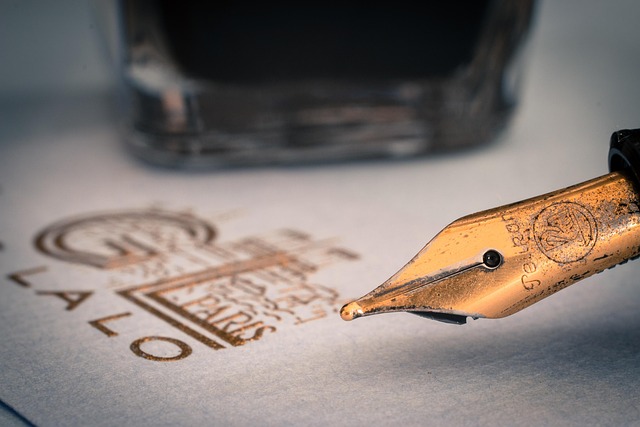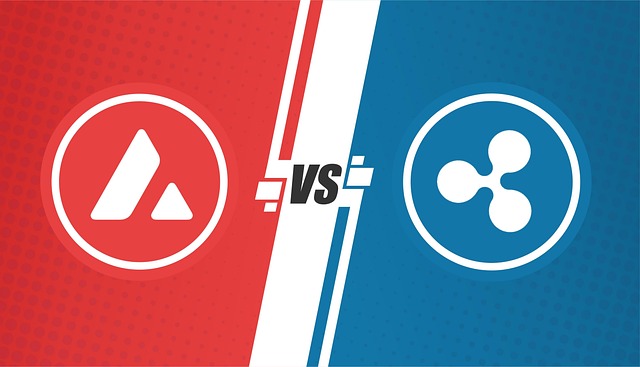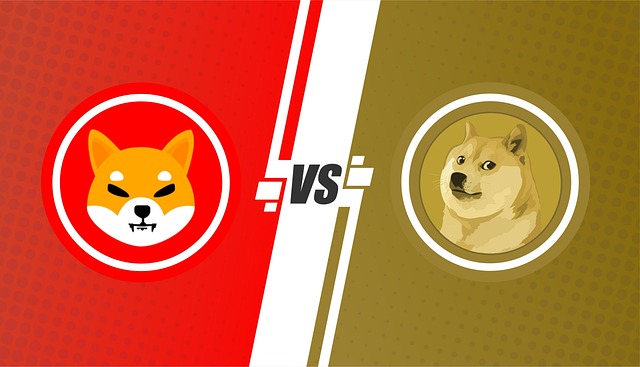Botox and dermal fillers are popular non-surgical cosmetic treatments for anti-aging with distinct mechanisms and benefits. Botox, a neurotoxin, relaxes facial muscles to prevent dynamic wrinkles by blocking nerve signals, while dermal fillers add volume and improve skin texture by filling hollow spaces under the skin's surface. The choice between them depends on individual goals: Botox is ideal for preventing expression lines and crow's feet, while dermal fillers are better for restoring volume in cheeks or lips. Both carry risks; Botox requires regular treatments, and dermal fillers may cause infection, swelling, or an uneven skin surface. A consultation with a dermatologist who assesses skin health and medical history is crucial to make an informed decision that balances aesthetic goals and well-being.
“Uncover the world of preventative skincare with a focus on safe botox and dermal filler procedures. This comprehensive guide navigates the intricate balance between aesthetics and safety, offering insights into understanding these popular treatments. Differentiate botox from dermal fillers in terms of function and application, while exploring their roles in preventing age-related concerns. Discover potential benefits, risks, and considerations for choosing the ideal treatment plan. Enhance your knowledge and make informed decisions regarding cosmetic procedures.”
Understanding Botox and Dermal Fillers: Unveiling the Differences

Botox and dermal fillers are both popular cosmetic treatments, but they serve distinct purposes in the realm of skincare. Understanding their differences is crucial for those considering non-surgical aesthetic enhancements. Botox, a type of toxin derived from bacteria, is primarily used to relax muscles and prevent dynamic wrinkling, especially around the eyes and forehead. It works by blocking nerve signals that cause muscle contraction, temporarily paralyzing the target area.
On the other hand, dermal fillers are substances injected into the skin to add volume, improve texture, and minimize the appearance of fine lines and wrinkles. These fillers can be made from various materials like hyaluronic acid, collagen, or synthetic substances. Unlike Botox, which targets muscle movement, dermal fillers provide immediate volumetric effects by filling in hollow spaces under the skin’s surface, thereby enhancing facial contours and promoting a smoother complexion. The choice between Botox vs. dermal fillers depends on individual goals and concerns, with each offering unique benefits for achieving a youthful and radiant appearance.
Safe Preventative Measures for Cosmetic Procedures

When considering cosmetic procedures like Botox or dermal fillers, safety is paramount. Both Botox and dermal fillers have gained popularity for their ability to enhance facial features, but it’s crucial to understand that preventative measures are key to ensuring a safe experience.
For Botox treatments, focusing on proper administration techniques and using FDA-approved products from licensed practitioners significantly reduces risks. On the other hand, dermal fillers require meticulous injection practices to avoid complications like asymmetry or migration of the filler. Regular follow-ups with dermatologists or experienced aesthetic professionals are essential for monitoring results and addressing any potential concerns promptly. Comparing Botox vs. dermal fillers, understanding their unique applications and safety protocols is vital to making an informed decision aligned with your aesthetic goals while prioritizing your well-being.
The Role of Botox in Preventing Age-Related Concerns

Botox has emerged as a prominent player in the realm of preventative skincare, offering a non-surgical solution for age-related concerns. Unlike dermal fillers that focus on volume restoration, Botox targets specific muscles responsible for facial wrinkles and expressions. By relaxing these muscles, it prevents dynamic lines from forming, thus delaying the visible signs of aging. This approach is particularly effective for addressing frown lines, crow’s feet, and forehead wrinkles, providing a more youthful appearance.
When compared to dermal fillers, Botox presents several advantages. It offers a temporary yet effective solution, allowing individuals to maintain a natural look. The procedure involves minimal downtime, making it an appealing option for those seeking quick results without extensive recovery. Moreover, Botox has a well-established safety profile when administered by trained professionals, ensuring patients receive the best possible outcomes.
Exploring Dermal Fillers as an Alternative Solution

When considering non-invasive cosmetic procedures, many individuals often weigh the options between Botox and dermal fillers. Both have gained popularity for their ability to enhance facial aesthetics, but they target different concerns. Botox is primarily used to prevent or reduce dynamic wrinkles caused by muscle movement, especially around the eyes and forehead. On the other hand, dermal fillers are a popular choice for adding volume and defining facial contours, addressing areas like deep lines, hollow cheeks, or a thin upper lip.
Dermal fillers offer a longer-lasting solution compared to Botox, as they add substance to the skin, providing immediate results that can last from several months to years, depending on the type of filler used. In contrast, Botox works by temporarily paralyzing muscles, reducing the appearance of wrinkles over time, and typically requires regular treatments for sustained effects. This alternative solution has gained traction due to its versatility in treating a broader range of age-related or volume loss concerns, providing a more permanent fix without the same level of procedural invasiveness as surgical options.
Potential Benefits and Risks: A Comprehensive Analysis

Botox and dermal fillers are popular cosmetic treatments, each offering unique advantages. When considering safe preventative options, understanding their respective benefits and drawbacks is crucial. Botox, a neurotoxin derived from bacteria, temporarily paralyzes muscles, reducing the appearance of fine lines and wrinkles. It’s particularly effective for dynamic wrinkle reduction, targeting areas like frown lines, crow’s feet, and neck bands. However, it requires regular injections to maintain results, and side effects may include bruising, headaches, or muscle weakness.
On the other hand, dermal fillers enhance facial contours by plumping and smoothing skin. They’re ideal for individuals seeking more substantial volume enhancement, particularly in the cheeks, jawline, or lips. Fillers offer longer-lasting results than Botox, sometimes up to two years. Yet, they carry risks like infection, swelling, or an uneven skin surface. Unlike Botox, filler types vary, requiring careful selection based on individual needs and desired outcomes.
Choosing the Right Treatment Plan: Patient Considerations

When considering cosmetic treatments like Botox or dermal fillers, it’s crucial to begin with a thorough consultation and create a tailored plan that aligns with individual goals and needs. Many patients often ask about the differences between Botox and dermal fillers – both popular options for anti-aging but with distinct properties. Botox is a neurotoxin that relaxes muscles, reducing dynamic wrinkles, while dermal fillers enhance volume by plumping skin with hyaluronic acid or other substances. The choice between them depends on specific concerns: Botox targets expression lines and crow’s feet, offering a more natural look, whereas dermal fillers are ideal for restoring lost volume in areas like the cheeks or lips.
Patient considerations play a significant role in this decision-making process. It’s essential to discuss treatment expectations, potential side effects, downtime, and long-term goals with your dermatologist. They will assess skin health, lifestyle, and medical history to recommend the most suitable treatment plan. Remember, the right approach differs for everyone; therefore, a personalized strategy ensures optimal results and patient satisfaction, whether it involves Botox or dermal fillers.
